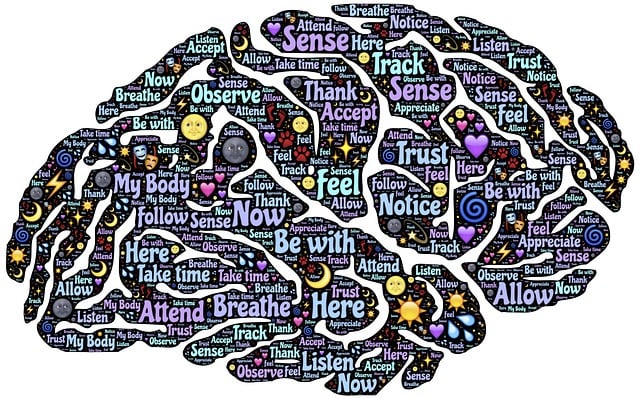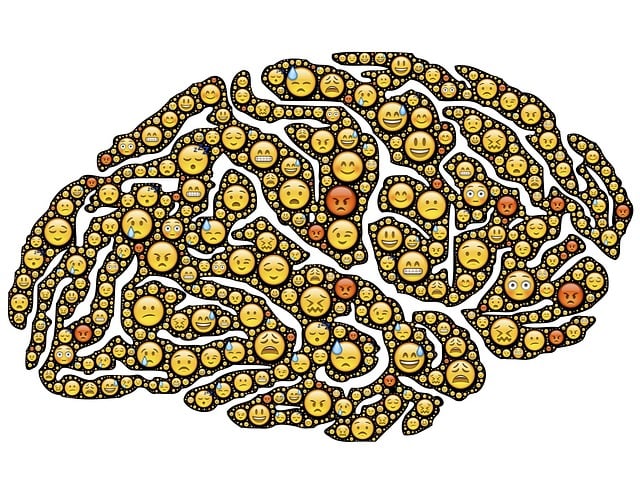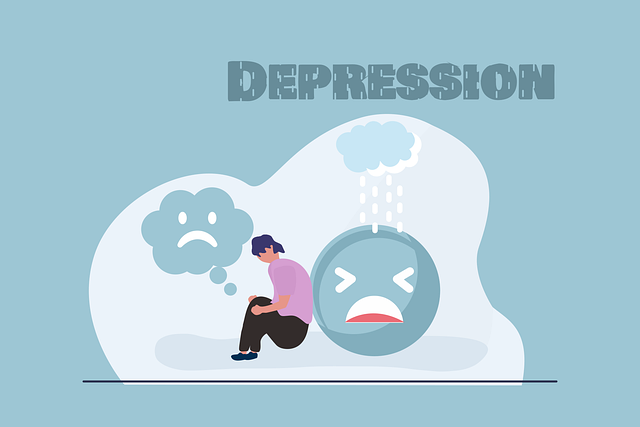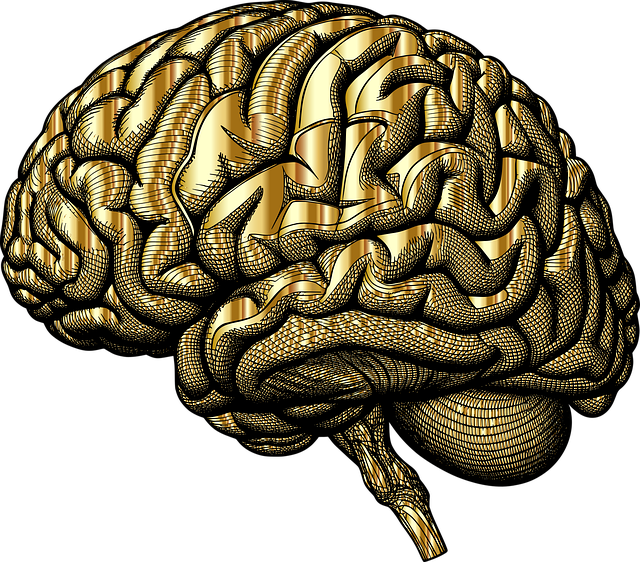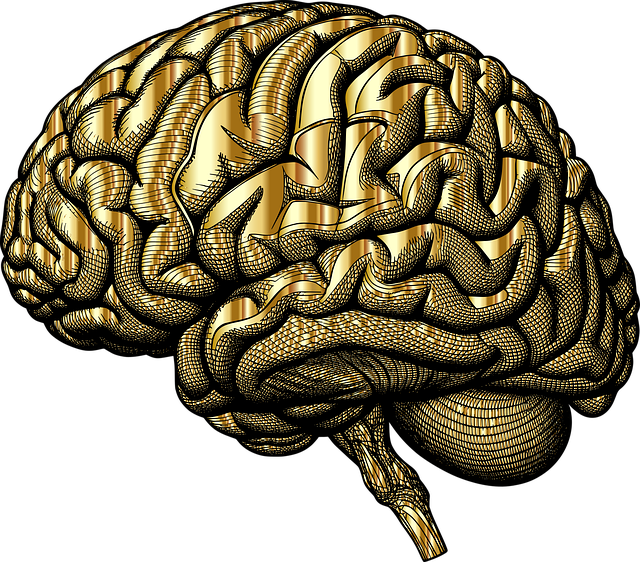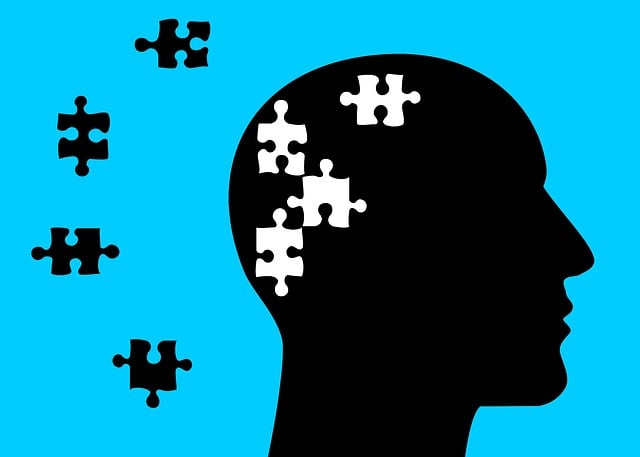Mood regulation through American Sign Language (ASL) is transforming therapy for young children, especially those with pre-verbal or speech delays. By teaching signs for emotions, therapists empower kids to express and understand feelings, fostering positive thinking and emotional well-being. This visual-spatial approach, effective in managing anxiety, anger, and trauma, creates a safe space for emotional exploration. Skilled therapists using ASL facilitate self-expression, while techniques like conflict resolution and healthy routines help children manage moods effectively. Parents can support this through age-appropriate Self-Awareness Exercises and encouraging nonverbal expression with ASL, strengthening family empathy across generations.
Mood regulation is a vital skill for children to develop, offering a foundation for emotional well-being throughout life. This comprehensive guide explores various strategies to support young children in managing their moods, from understanding their emotional landscape to employing innovative tools like American Sign Language (ASL) and evidence-based therapy approaches. We also provide practical tips for parents and caregivers, aiming to empower them with effective tools to foster healthy emotional development in their young ones.
- Understanding Mood Regulation for Young Children
- The Role of American Sign Language in Emotional Expression
- Therapy Approaches to Support Children's Mood Management
- Practical Strategies for Parents and Caregivers at Home
Understanding Mood Regulation for Young Children

Understanding Mood Regulation for Young Children
Mood regulation is a crucial aspect of emotional development for young children. At a tender age, they begin to experience a range of emotions and learn how to navigate them through various strategies. One effective method that has gained traction in recent years is using American Sign Language (ASL). Therapy sessions incorporating ASL can significantly enhance emotional regulation by providing a visual and tangible means of expression for children who may struggle with verbal communication. This approach allows them to communicate their feelings more effectively, fostering positive thinking and emotional well-being promotion techniques.
By teaching young children signs for different emotions, therapists enable them to label and understand their internal states. This simple act empowers kids to take control of their moods by providing them with a tool to express frustration, joy, or fear in a constructive manner. ASL offers a non-verbal alternative that can be particularly beneficial for those who are pre-verbal or have speech delays, making it an inclusive strategy for therapy sessions.
The Role of American Sign Language in Emotional Expression

American Sign Language (ASL) has emerged as a powerful tool in mood regulation strategies, particularly for young children. In therapeutic settings, ASL offers a unique and effective way to help kids express their emotions. This visual-spatial language provides a non-verbal outlet for communication, which can be especially beneficial for those who struggle with verbalizing feelings or have experienced trauma that impacts their speech. Through sign language, therapy sessions become more engaging and accessible, fostering an environment where children feel safe to explore and articulate their emotional states.
For young individuals experiencing anxiety, anger, or other intense emotions, ASL can serve as a constructive channel for release. Sign language classes or workshops designed for therapy can provide crisis intervention guidance, teaching children signs related to specific emotions and coping mechanisms. This proactive approach not only aids in immediate emotional regulation but also equips mental health professionals with valuable risk assessment tools during interactions with young clients. By integrating ASL into their practice, therapists offer a fresh perspective on emotional expression and well-being, catering to diverse learning styles and communication preferences.
Therapy Approaches to Support Children's Mood Management

Many young children struggle with mood regulation, and therapy can offer a supportive space to develop healthy coping mechanisms. One innovative approach is using American Sign Language (ASL), which has proven beneficial for non-verbal communicators and those who find emotional expression challenging. Therapists skilled in ASL can engage children in sign language-based therapy, fostering self-expression and emotional understanding. This method respects cultural competency and accommodates diverse learning styles, making it an inclusive practice.
Additionally, various therapy techniques can help children manage their moods effectively. These include teaching conflict resolution skills to navigate social interactions, promoting healthy self-care routines for better mental health, and offering a safe space for emotional release. Healthcare providers play a crucial role in implementing these strategies, tailoring them to each child’s unique needs and cultural background.
Practical Strategies for Parents and Caregivers at Home

At home, parents and caregivers play a pivotal role in teaching young children essential mood regulation strategies. One effective approach is incorporating Self-Awareness Exercises tailored for their age group. Simple techniques like deep breathing or mindful coloring can help children identify and express their emotions, fostering a sense of control over their moods. For instance, encouraging children to use American Sign Language (ASL) to communicate feelings can be empowering and enhance nonverbal expression.
Additionally, cultivating empathy within the family unit is crucial. Caregivers can model empathetic behaviors and engage in open conversations about emotions. This strengthens emotional intelligence and helps young minds understand their own and others’ sentiments. Remember, a Healthcare Provider Cultural Competency Training can equip parents with tools to adapt these strategies for diverse cultural backgrounds, ensuring inclusive practices that benefit the entire family.
Mood regulation is a vital skill for young children to develop, and with appropriate strategies, parents and caregivers can effectively support this process. The article has explored various techniques, from understanding emotional expression in early development to the power of American Sign Language (ASL) as a therapy tool. By incorporating practical strategies at home and considering professional therapy approaches, adults can foster healthy emotional management in children. These methods encourage open communication, enhance self-awareness, and provide effective coping mechanisms, ultimately contributing to improved mental well-being for young individuals.

